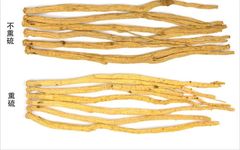Codonopsis (Dang Shen) is a medicinal and edible herb with significant usage in both fields.
How can we distinguish the quality? What are the origins of Codonopsis, and how can we differentiate them? Why does the patterned Codonopsis have a unique milky fragrance? With these questions in mind, let’s explore Codonopsis.
1 How to Distinguish the Quality of CodonopsisWhen purchasing Codonopsis, how can we identify the quality? There are generally three issues to be aware of in the market.1. Sulfur FumigationCurrently, the situation of sulfur fumigation in Codonopsis has significantly decreased, and there are much fewer sulfur-fumigated Codonopsis available in the market than before, but some still exist.It is actually easy to distinguish whether Codonopsis has been sulfur-fumigated. First, from the color, sulfur-fumigated Codonopsis appears bright yellow, while non-fumigated Codonopsis is generally a yellowish-brown. Secondly, from the smell, sulfur-fumigated Codonopsis has a pungent sulfur odor, while non-fumigated Codonopsis has a milky or sweet fragrance. Below are images for comparison.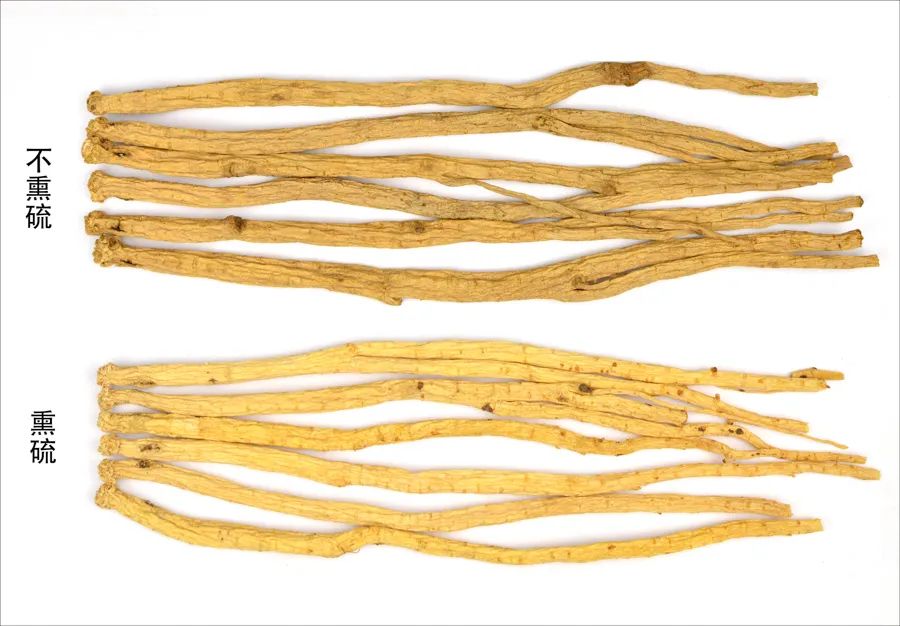
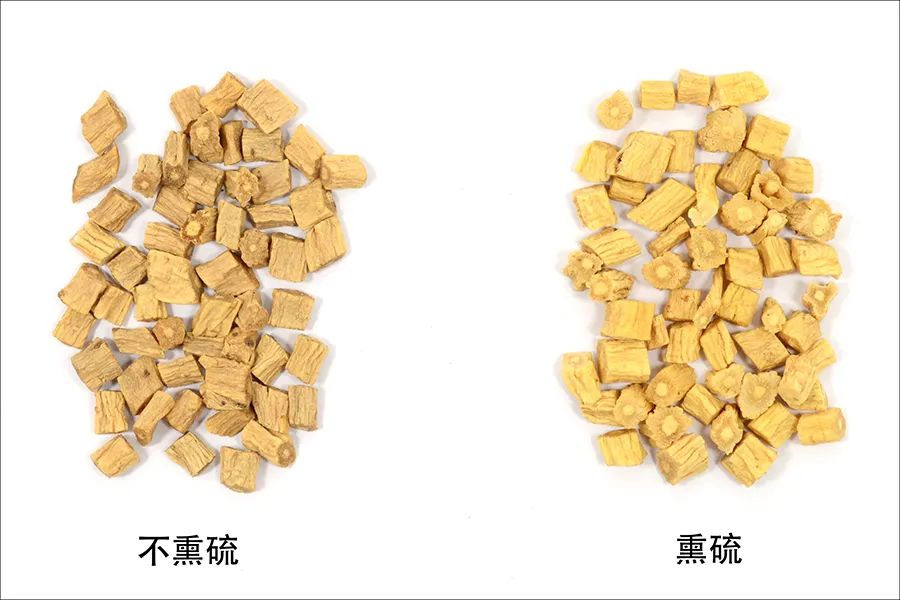
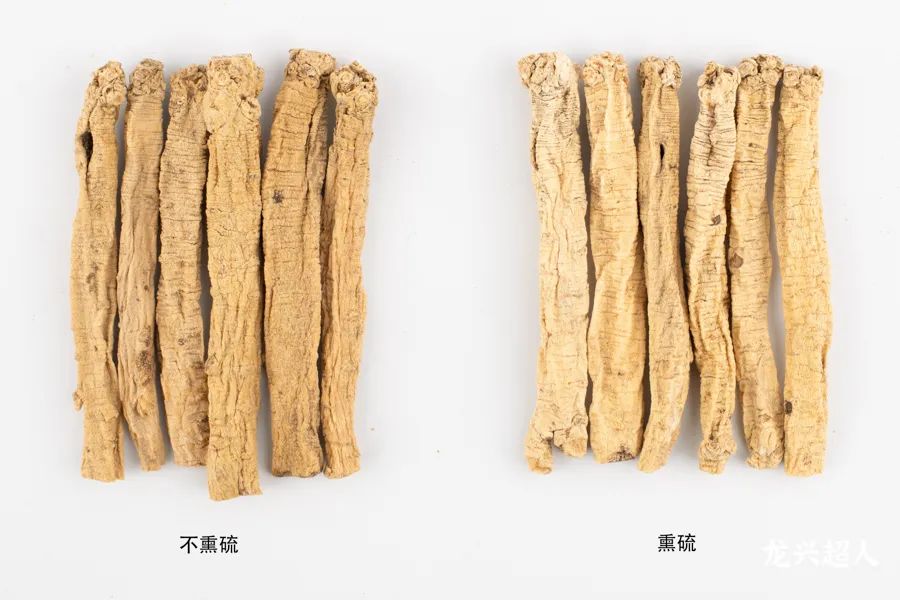 2. Oil RancidityCodonopsis is rich in carbohydrates, has a sweet taste, and a soft texture, making it prone to oil rancidity, especially if stored for long periods in summer. Once Codonopsis goes rancid, it cannot be used. So how can we distinguish it?
2. Oil RancidityCodonopsis is rich in carbohydrates, has a sweet taste, and a soft texture, making it prone to oil rancidity, especially if stored for long periods in summer. Once Codonopsis goes rancid, it cannot be used. So how can we distinguish it?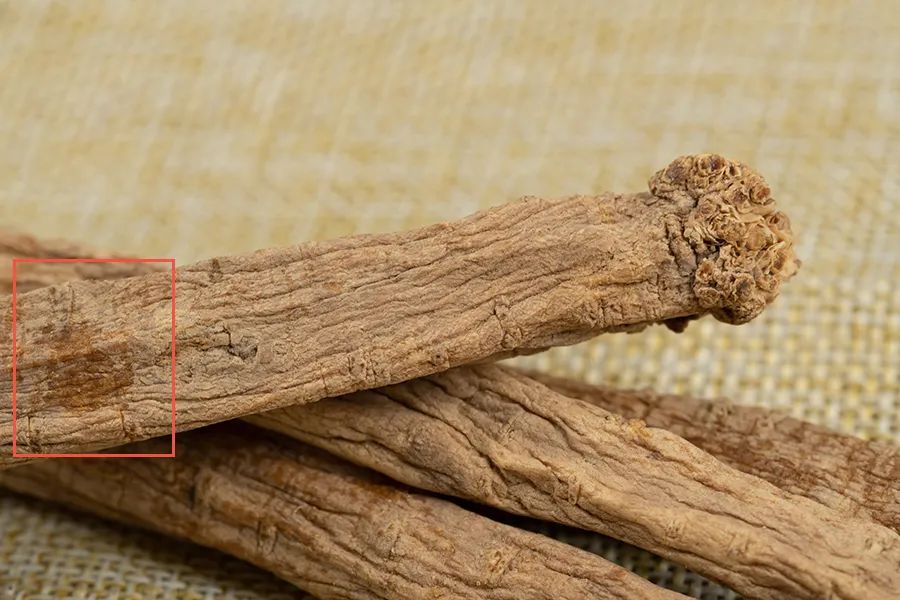 Rancid Codonopsis has a soft texture, with a brown oily substance seeping from the surface, feels sticky when squeezed, has a dark brown cross-section, and smells sour. 3. Are Wild Codonopsis Sold in the Market Genuine?There are sales of “wild Codonopsis” in the market, especially many selling “wild” patterned Codonopsis at high prices. Are these genuine?According to our investigation, the resources of wild Codonopsis are now very scarce and cannot form a commodity. The Codonopsis circulating in the market is mostly artificially cultivated. Therefore, the wild Codonopsis sold in the market is generally not genuine.2 Patterned CodonopsisPatterned Codonopsis is a type of Codonopsis, named for its dense ring patterns on the main root, abbreviated as “Patterned Codonopsis”.Patterned Codonopsis is a traditional authentic medicinal material and represents high-quality Codonopsis.
Rancid Codonopsis has a soft texture, with a brown oily substance seeping from the surface, feels sticky when squeezed, has a dark brown cross-section, and smells sour. 3. Are Wild Codonopsis Sold in the Market Genuine?There are sales of “wild Codonopsis” in the market, especially many selling “wild” patterned Codonopsis at high prices. Are these genuine?According to our investigation, the resources of wild Codonopsis are now very scarce and cannot form a commodity. The Codonopsis circulating in the market is mostly artificially cultivated. Therefore, the wild Codonopsis sold in the market is generally not genuine.2 Patterned CodonopsisPatterned Codonopsis is a type of Codonopsis, named for its dense ring patterns on the main root, abbreviated as “Patterned Codonopsis”.Patterned Codonopsis is a traditional authentic medicinal material and represents high-quality Codonopsis.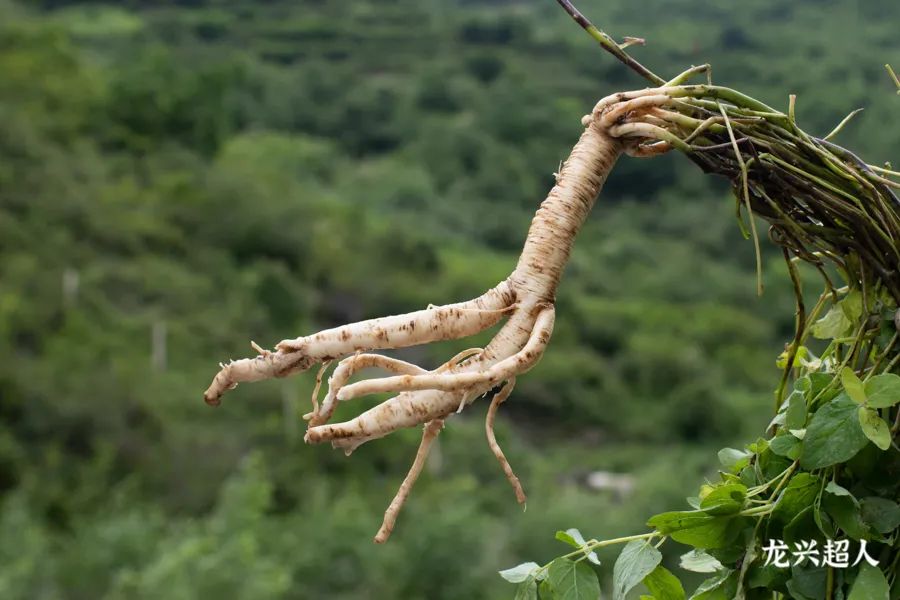 1. Morphological Characteristics of Patterned Codonopsis
1. Morphological Characteristics of Patterned Codonopsis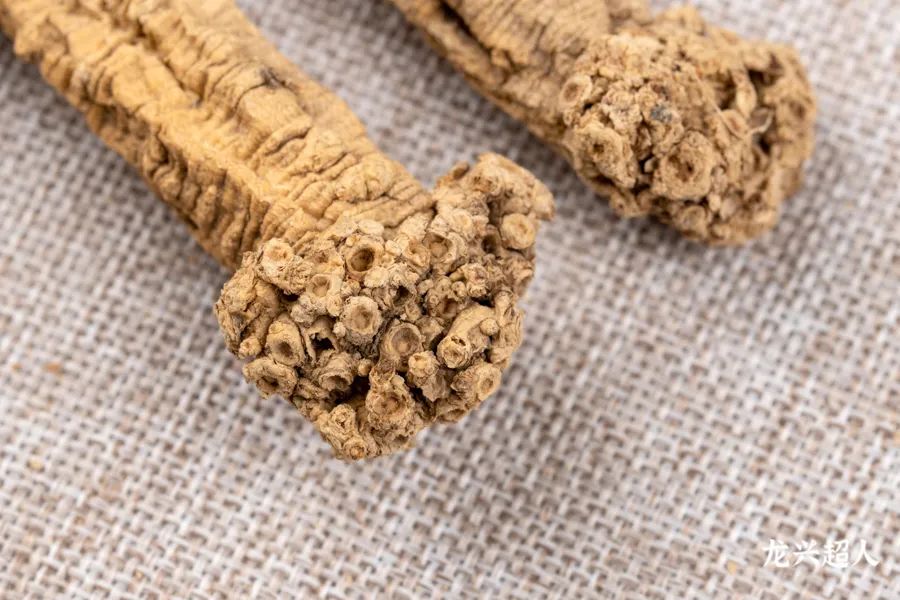 ▲ The root tip has protruding stem scars and buds, commonly referred to as “lion’s head”
▲ The root tip has protruding stem scars and buds, commonly referred to as “lion’s head”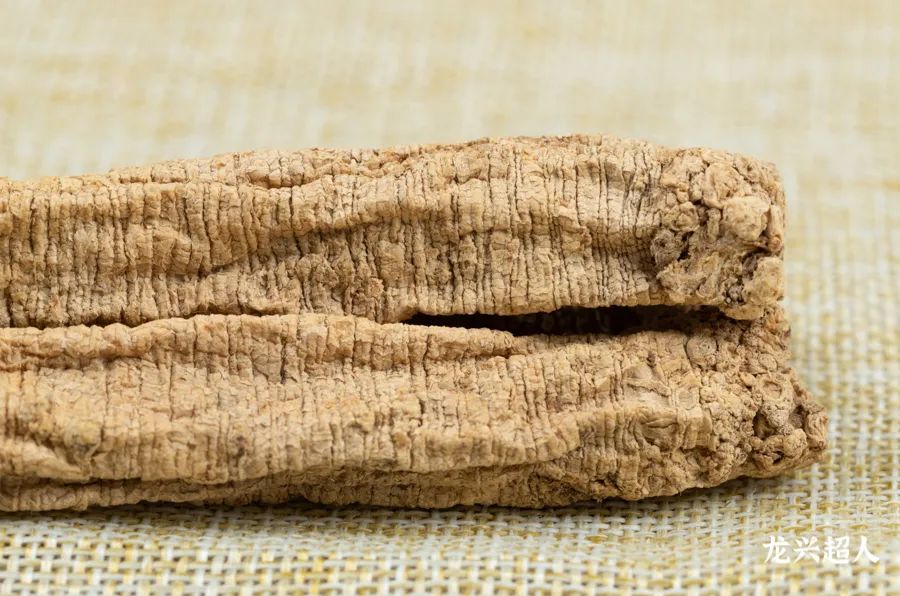 ▲ The main root has dense ring patterns, varying in length, with some having patterns throughout
▲ The main root has dense ring patterns, varying in length, with some having patterns throughout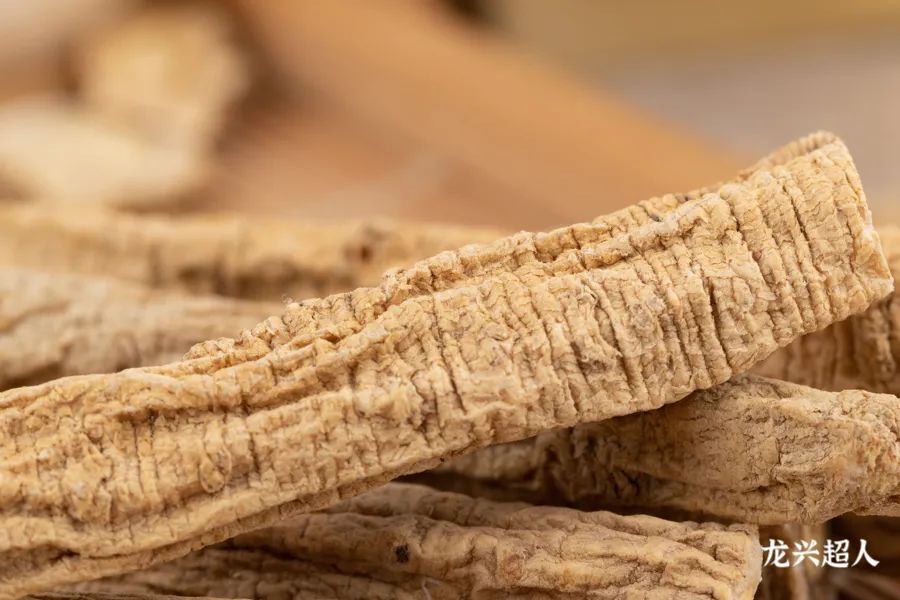 ▲ The surface is grayish-yellow to yellow-brown, with irregular longitudinal grooves and wrinkles
▲ The surface is grayish-yellow to yellow-brown, with irregular longitudinal grooves and wrinkles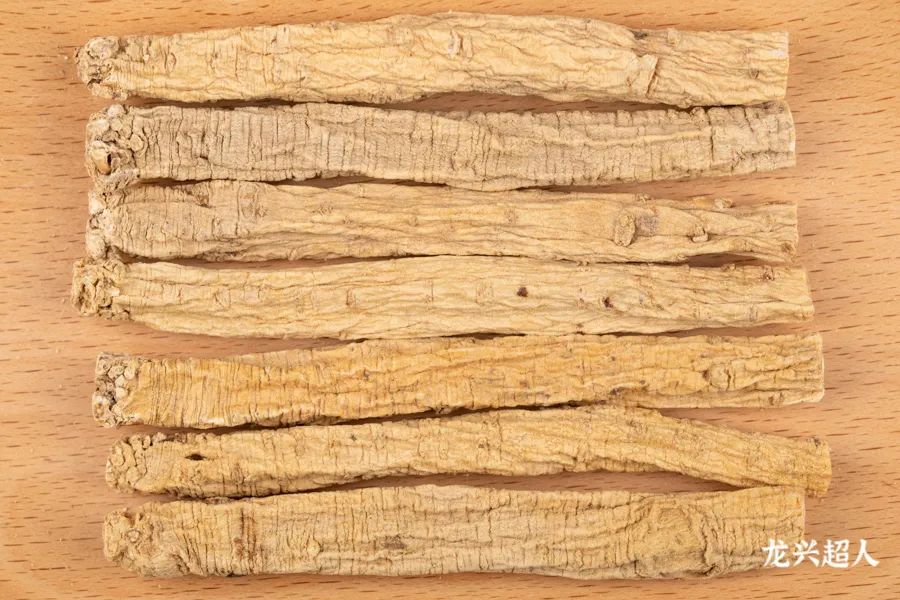 ▲ The overall shape is prismatic, some slightly flattened, straight, and relatively thick
▲ The overall shape is prismatic, some slightly flattened, straight, and relatively thick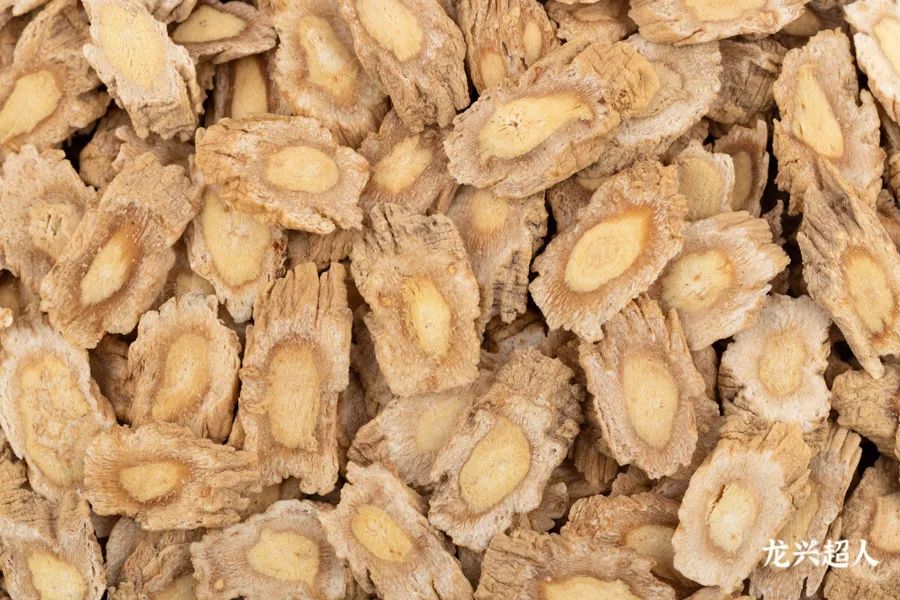 ▲ The cross-section shows a yellowish-white to light brown (rock candy heart), with yellow wood, loose skin, and tight flesh, with a tender texture
▲ The cross-section shows a yellowish-white to light brown (rock candy heart), with yellow wood, loose skin, and tight flesh, with a tender texture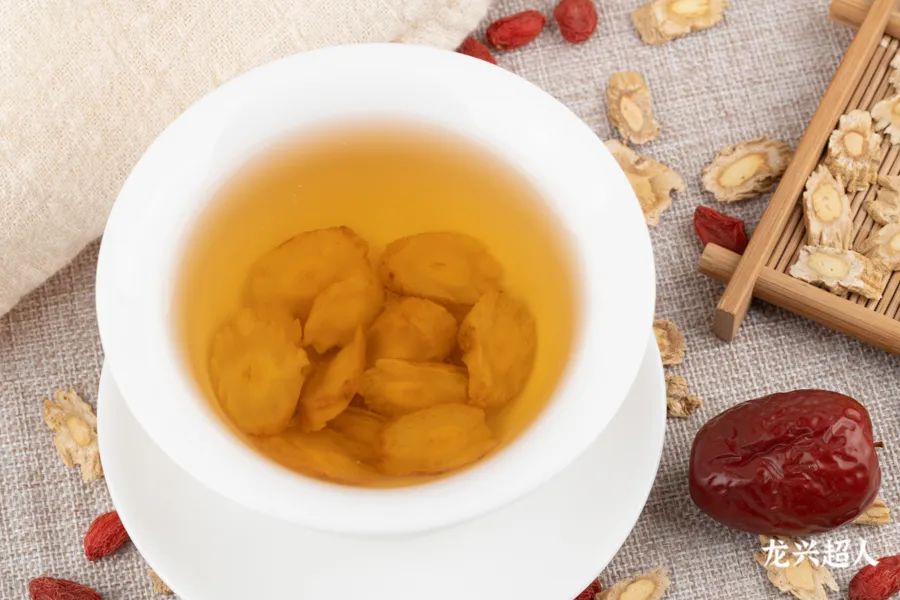 ▲ Aroma (smells milky), sweetness (tastes sweet)
▲ Aroma (smells milky), sweetness (tastes sweet)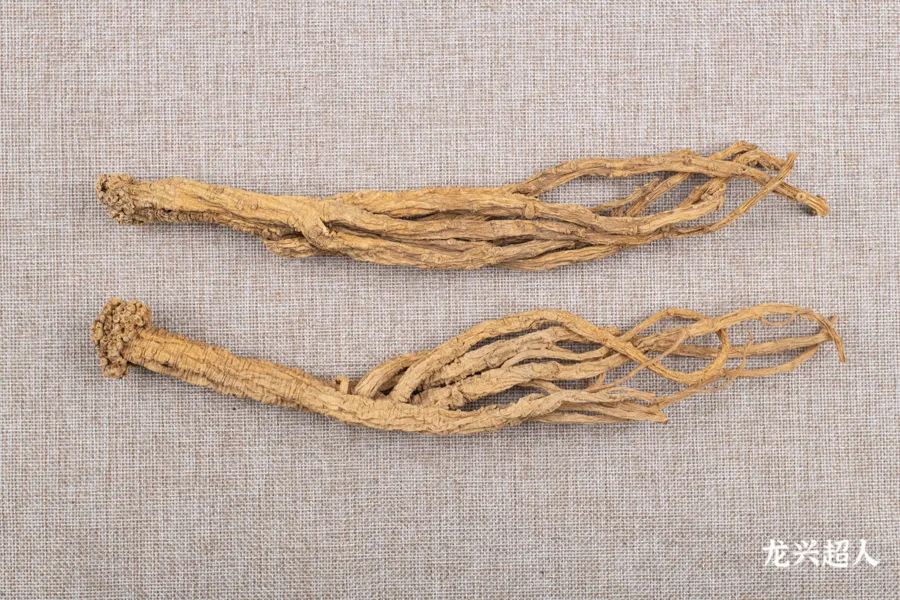 ▲ The original main root is cylindrical, often branching below the middle2. OriginPatterned Codonopsis is mainly distributed in the Bailong River basin in southern Gansu, including Wenxian, Wudu District, Zhouqu County, and Dangchang County, with the highest yield and best quality in Zhongzhai Town of Wenxian County and Boyu Township of Zhouqu County. Zhongzhai Town is also the processing and distribution center for Patterned Codonopsis.
▲ The original main root is cylindrical, often branching below the middle2. OriginPatterned Codonopsis is mainly distributed in the Bailong River basin in southern Gansu, including Wenxian, Wudu District, Zhouqu County, and Dangchang County, with the highest yield and best quality in Zhongzhai Town of Wenxian County and Boyu Township of Zhouqu County. Zhongzhai Town is also the processing and distribution center for Patterned Codonopsis.
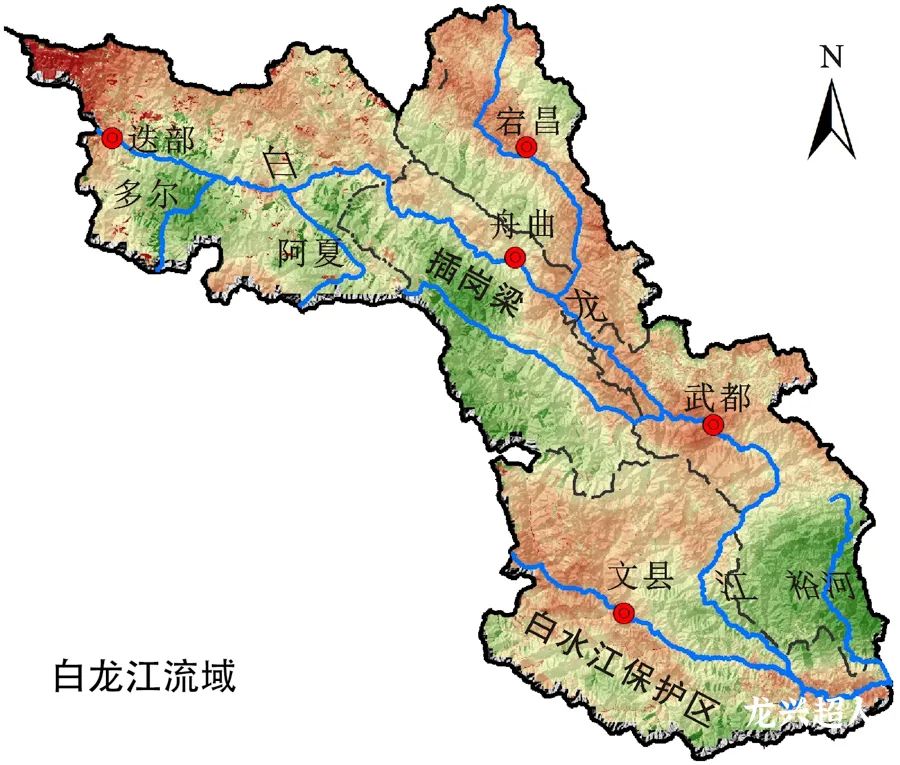

3. HabitatThe main production area of Patterned Codonopsis is located in the southern part of Gansu Province, situated in the western Qinling Mountains, belonging to the Bailong River basin. The core production areas Zhongzhai and Boyu are located at the southernmost end of Gansu Province, adjacent to Jiuzhaigou County in Sichuan, characterized by high mountain valleys with significant elevation differences. Patterned Codonopsis is mostly cultivated in the forest edge areas at altitudes of 2600 to 3200 meters.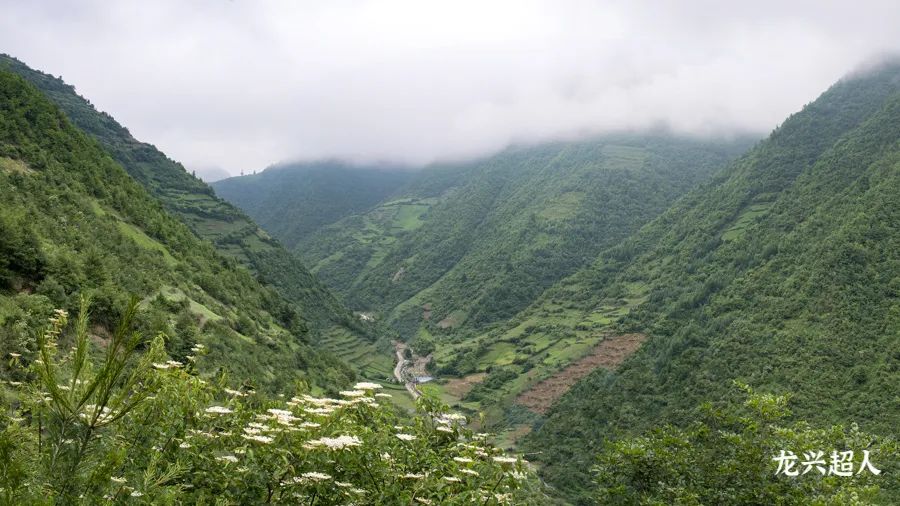 Patterned Codonopsis is sensitive to extreme heat, high temperatures, and dryness, and is suitable for cultivation in cool, humid high mountain shaded areas.The areas where Patterned Codonopsis is cultivated are often located where clouds and forests meet in high mountainous regions, with low temperatures year-round, abundant rainfall, misty conditions, and a humid environment, often accompanied by alpine rhododendrons, creating very suitable climatic conditions for the growth of Patterned Codonopsis.
Patterned Codonopsis is sensitive to extreme heat, high temperatures, and dryness, and is suitable for cultivation in cool, humid high mountain shaded areas.The areas where Patterned Codonopsis is cultivated are often located where clouds and forests meet in high mountainous regions, with low temperatures year-round, abundant rainfall, misty conditions, and a humid environment, often accompanied by alpine rhododendrons, creating very suitable climatic conditions for the growth of Patterned Codonopsis.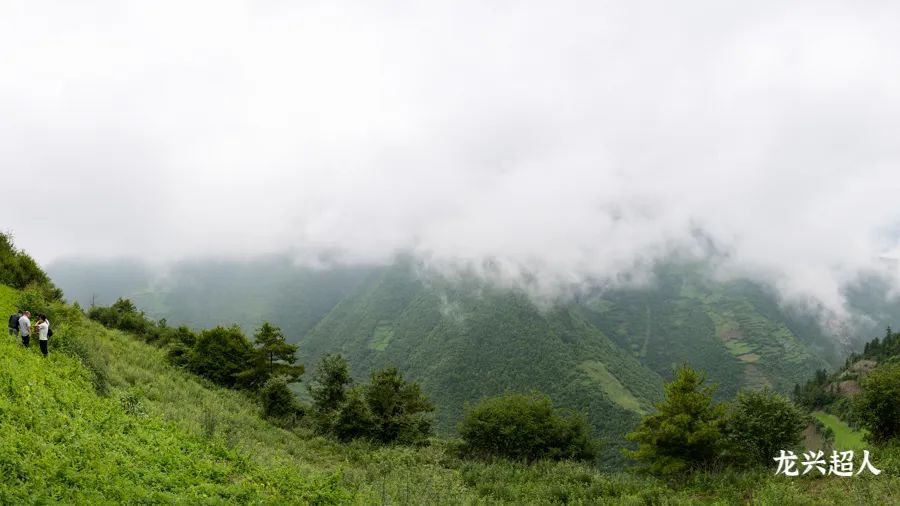 The soil plays a crucial role in forming the authentic quality of Patterned Codonopsis. Areas like Zhongzhai and Boyu choose deep, loose, sandy black soil with high humus content and good drainage and aeration for planting Patterned Codonopsis.Patterned Codonopsis grown in such places has fine ring patterns and plump flesh; otherwise, the Codonopsis produced will lack patterns, have high fiber content, heavy woody texture, and poor quality.
The soil plays a crucial role in forming the authentic quality of Patterned Codonopsis. Areas like Zhongzhai and Boyu choose deep, loose, sandy black soil with high humus content and good drainage and aeration for planting Patterned Codonopsis.Patterned Codonopsis grown in such places has fine ring patterns and plump flesh; otherwise, the Codonopsis produced will lack patterns, have high fiber content, heavy woody texture, and poor quality.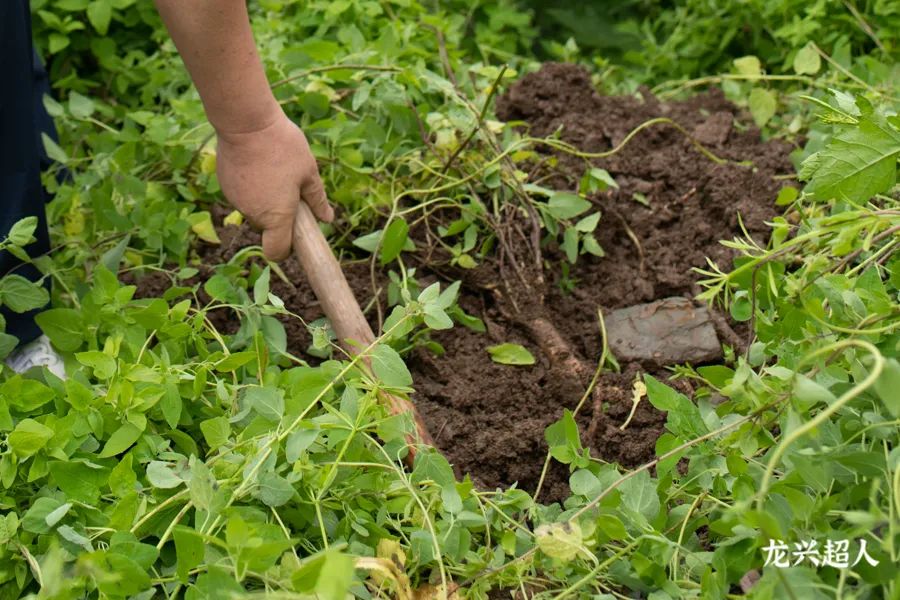 The authentic quality of Patterned Codonopsis is absolutely dependent on the growing environment. The unique habitat formed by various factors such as climate and soil is the decisive factor in the formation of the authentic quality of Patterned Codonopsis.
The authentic quality of Patterned Codonopsis is absolutely dependent on the growing environment. The unique habitat formed by various factors such as climate and soil is the decisive factor in the formation of the authentic quality of Patterned Codonopsis.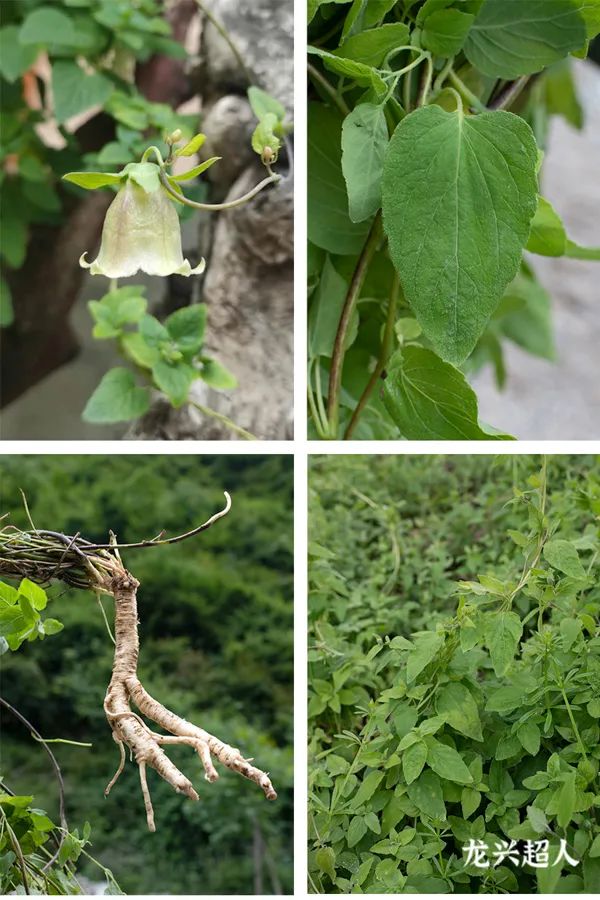 Only Codonopsis grown in such specific environments can exhibit the characteristics of Patterned Codonopsis. Once transplanted to other places, not only will it lack the “ring patterns,” but other properties will also change, and it can no longer be called Patterned Codonopsis. This is also one of the reasons why the production areas of Patterned Codonopsis have remained relatively stable over the years without large-scale expansion.
Only Codonopsis grown in such specific environments can exhibit the characteristics of Patterned Codonopsis. Once transplanted to other places, not only will it lack the “ring patterns,” but other properties will also change, and it can no longer be called Patterned Codonopsis. This is also one of the reasons why the production areas of Patterned Codonopsis have remained relatively stable over the years without large-scale expansion.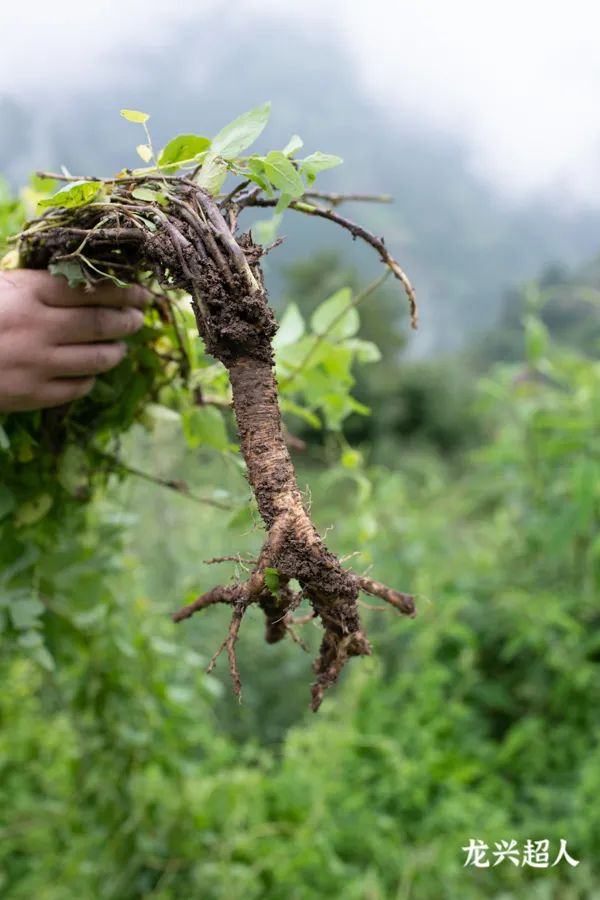 4. Production Method – Ecological and Wild SimulationPatterned Codonopsis is produced using ecological and wild-simulating methods. First, the cultivation of Codonopsis must be selected in an ecological environment in high mountainous areas, where wild Patterned Codonopsis naturally grows. During cultivation, new land must be opened, and the same land can be planted at most twice, after which it cannot be cultivated again.
4. Production Method – Ecological and Wild SimulationPatterned Codonopsis is produced using ecological and wild-simulating methods. First, the cultivation of Codonopsis must be selected in an ecological environment in high mountainous areas, where wild Patterned Codonopsis naturally grows. During cultivation, new land must be opened, and the same land can be planted at most twice, after which it cannot be cultivated again.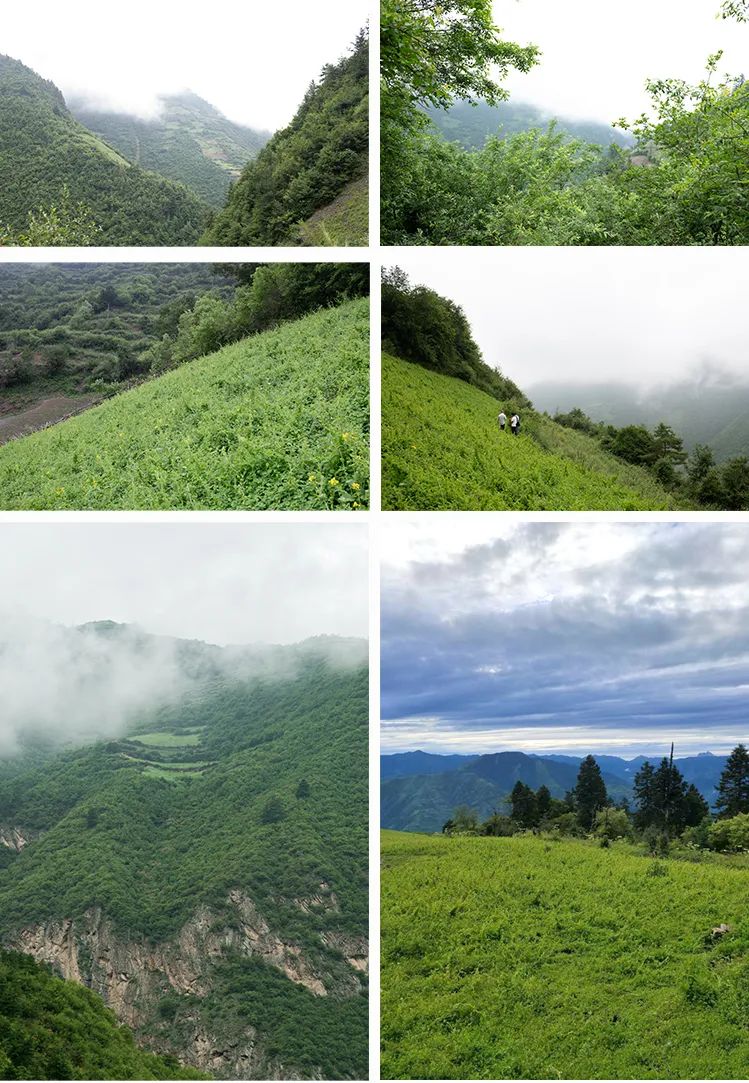 During the cultivation of Patterned Codonopsis, no fertilizers, irrigation, or pesticides are applied, allowing it to grow naturally in its environment. Codonopsis grown in this manner grows slowly and generally takes over six years to harvest, which is fundamentally different from ordinary cultivated Codonopsis.
During the cultivation of Patterned Codonopsis, no fertilizers, irrigation, or pesticides are applied, allowing it to grow naturally in its environment. Codonopsis grown in this manner grows slowly and generally takes over six years to harvest, which is fundamentally different from ordinary cultivated Codonopsis.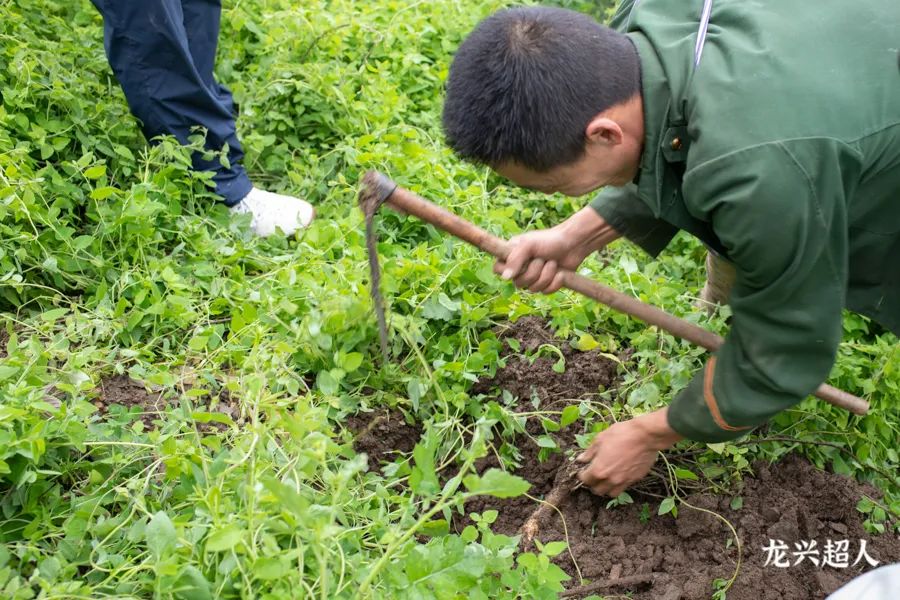 Patterned Codonopsis is cultivated in high mountains, far from human populations, with difficult mountain paths, and materials are mainly transported by human and horse. Especially during planting and harvesting, the work is arduous. Most Patterned Codonopsis bases have inconvenient transportation, which is a very primitive production method and also the most ecological growth method.
Patterned Codonopsis is cultivated in high mountains, far from human populations, with difficult mountain paths, and materials are mainly transported by human and horse. Especially during planting and harvesting, the work is arduous. Most Patterned Codonopsis bases have inconvenient transportation, which is a very primitive production method and also the most ecological growth method.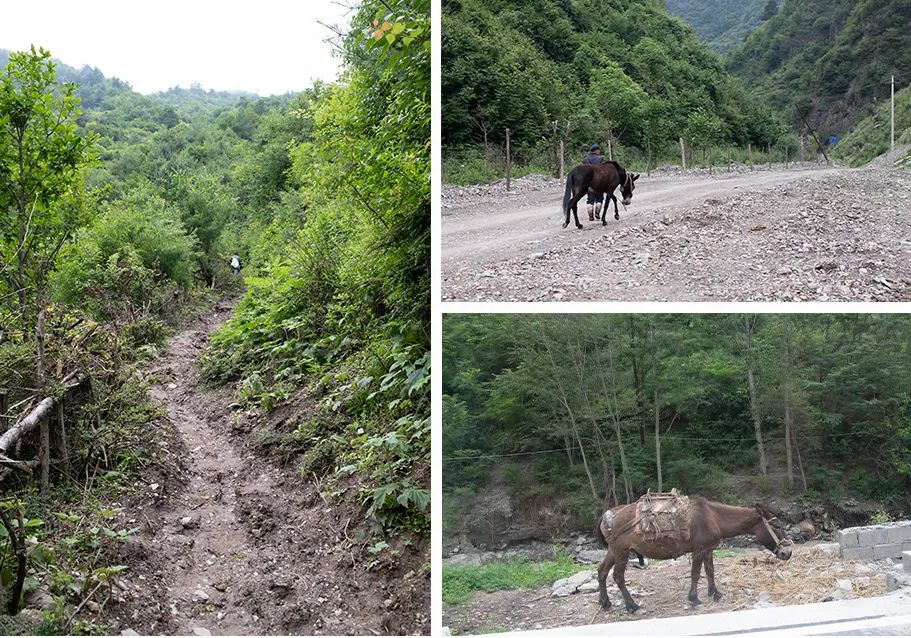 5. Initial Processing – Traditional CraftContinuing to use traditional processing techniques is an important factor in maintaining the quality characteristics of Patterned Codonopsis. From harvesting to the final packaging of the product, it takes 1 to 3 months, going through dozens of processes, each reflecting the care for the quality of Patterned Codonopsis. The processing flow is as follows:
5. Initial Processing – Traditional CraftContinuing to use traditional processing techniques is an important factor in maintaining the quality characteristics of Patterned Codonopsis. From harvesting to the final packaging of the product, it takes 1 to 3 months, going through dozens of processes, each reflecting the care for the quality of Patterned Codonopsis. The processing flow is as follows: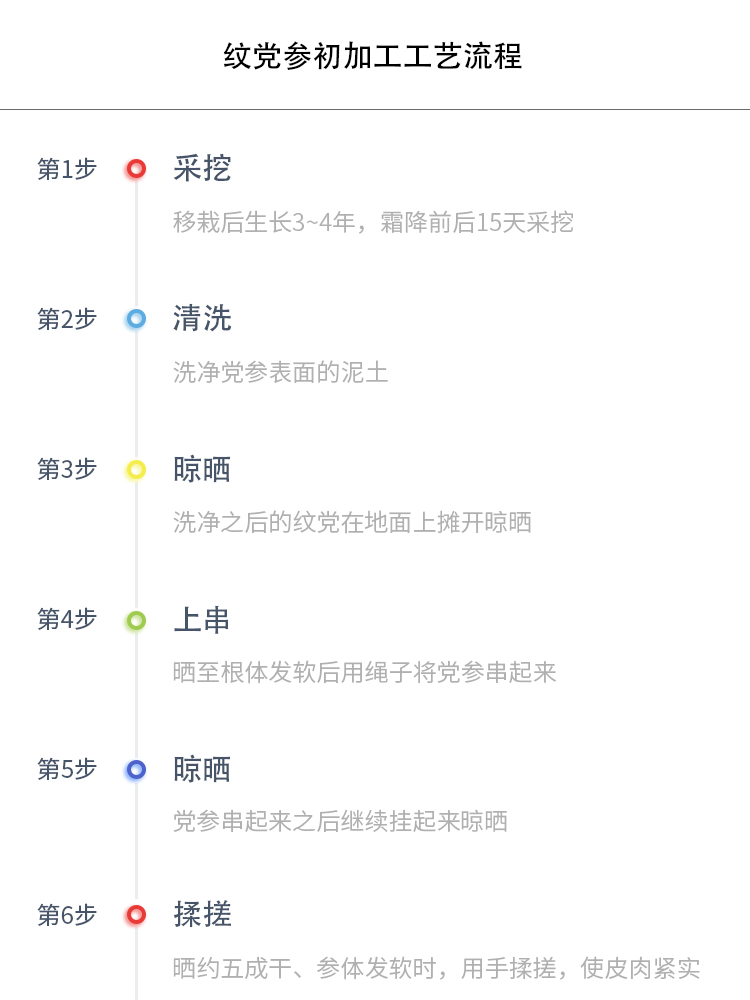
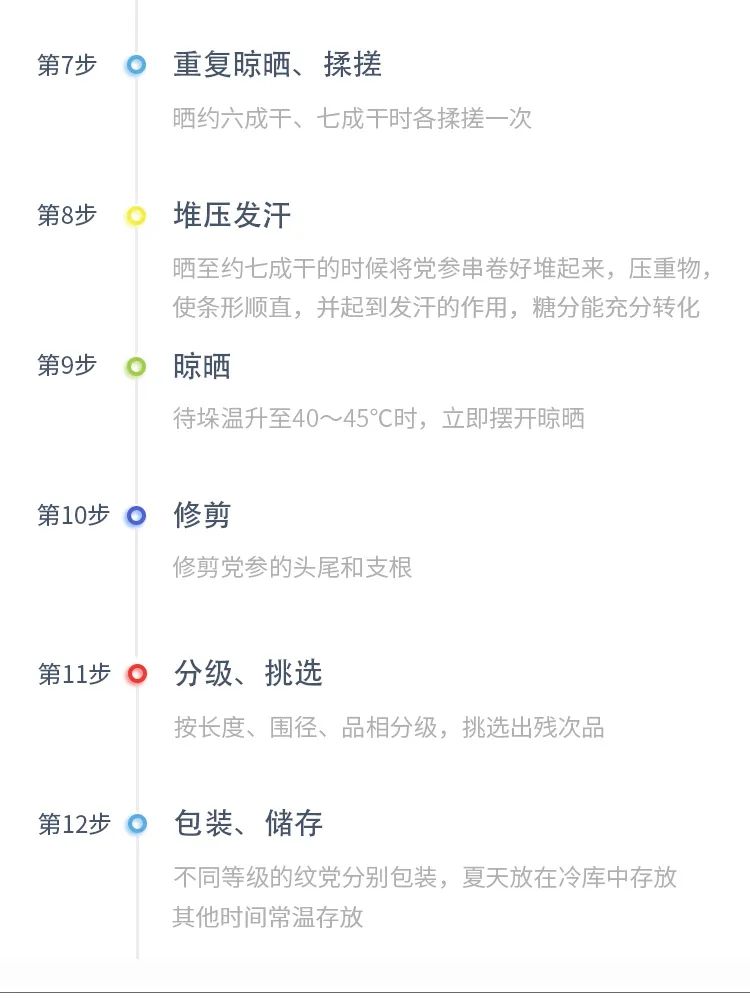
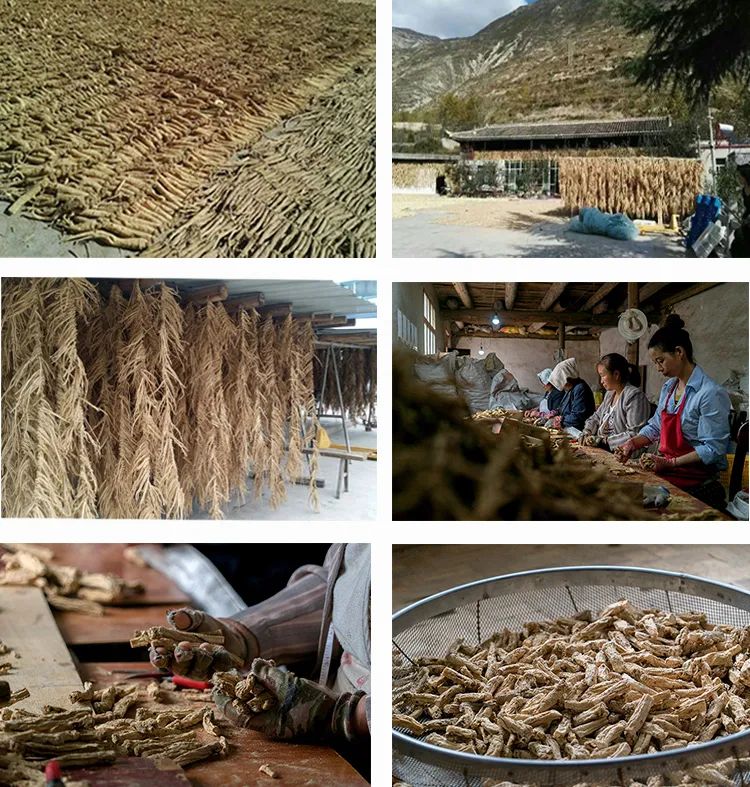 6. Product SpecificationsThe quality of Patterned Codonopsis is best when the roots are thick, straight, with a bright yellow, smooth skin, dense ring patterns, small heart (wood part), good flesh quality, and sweet taste. Poor quality is characterized by thin roots, many surface bumps, few ring patterns, large heart (wood part), strong fiber content, heavy woody texture, and poor flesh quality. Products are classified into different specifications based on root length, thickness (measured by circumference), and appearance.(1) Sulfur-fumigated and non-sulfur-fumigated
6. Product SpecificationsThe quality of Patterned Codonopsis is best when the roots are thick, straight, with a bright yellow, smooth skin, dense ring patterns, small heart (wood part), good flesh quality, and sweet taste. Poor quality is characterized by thin roots, many surface bumps, few ring patterns, large heart (wood part), strong fiber content, heavy woody texture, and poor flesh quality. Products are classified into different specifications based on root length, thickness (measured by circumference), and appearance.(1) Sulfur-fumigated and non-sulfur-fumigated
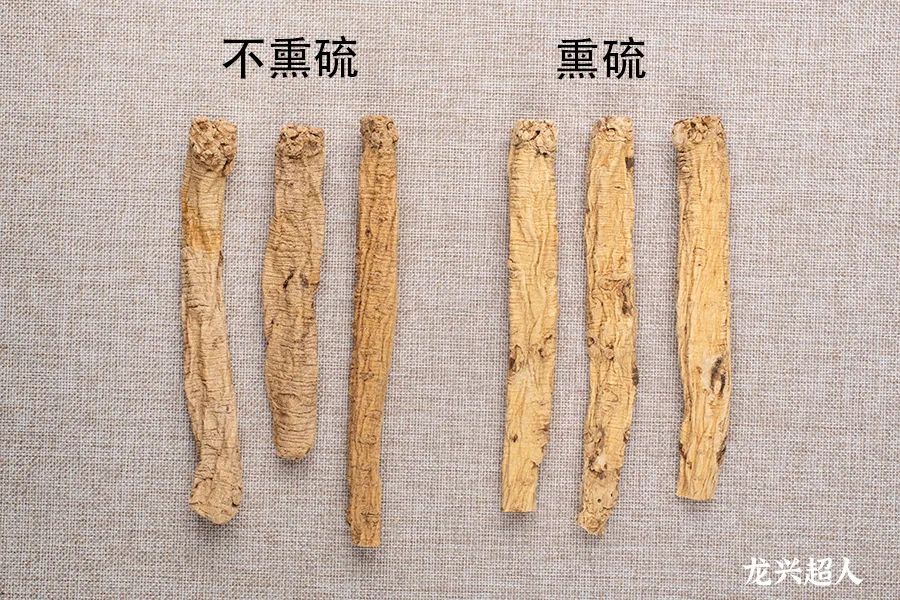
(2) Patterned Codonopsis strips and nodes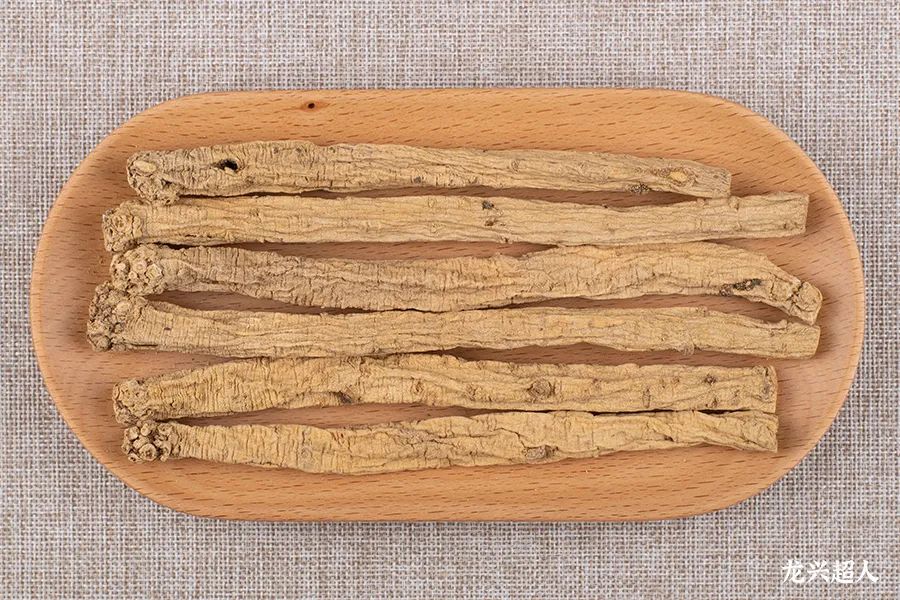 Patterned Codonopsis strips
Patterned Codonopsis strips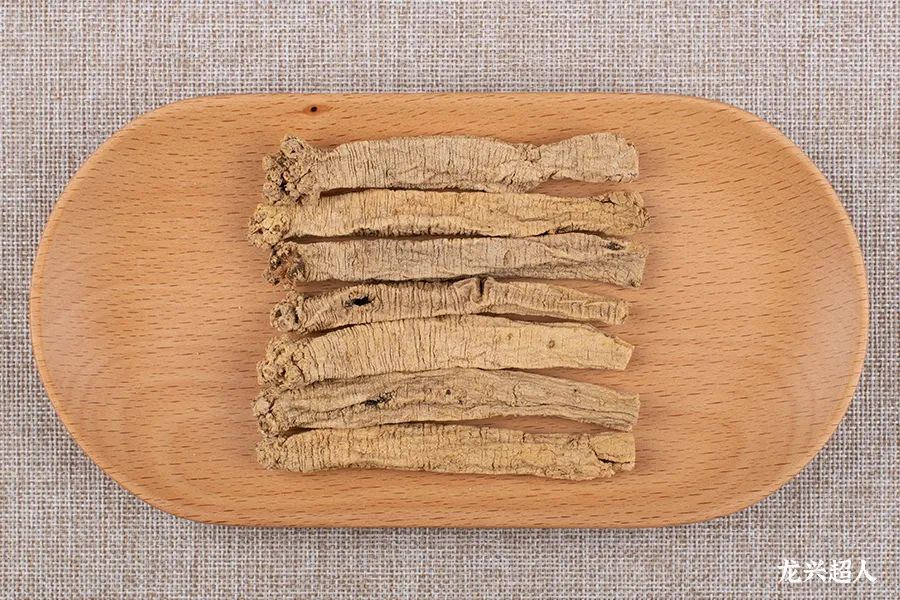 Patterned Codonopsis nodes(3) Different grades (taking Patterned Codonopsis nodes as an example)
Patterned Codonopsis nodes(3) Different grades (taking Patterned Codonopsis nodes as an example)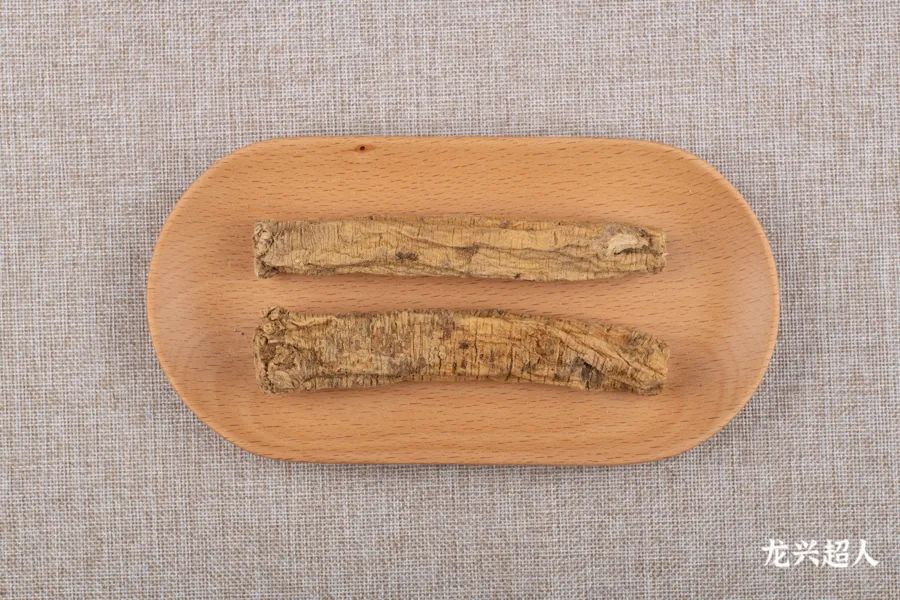
King of Codonopsis: Length 6-11cm, circumference ≥6.5cm
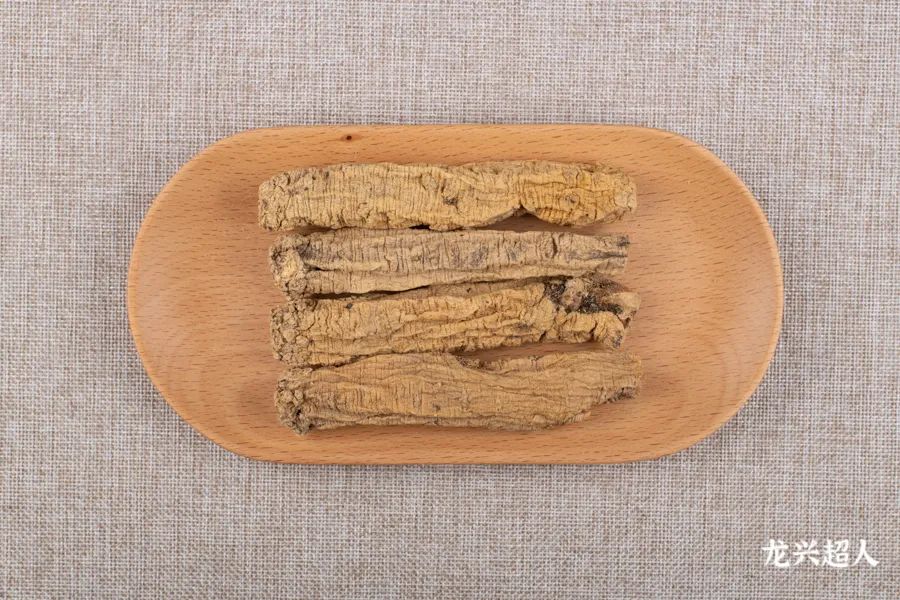
Super Special Grade: Length 6-11cm, circumference 5.5-6.4cm
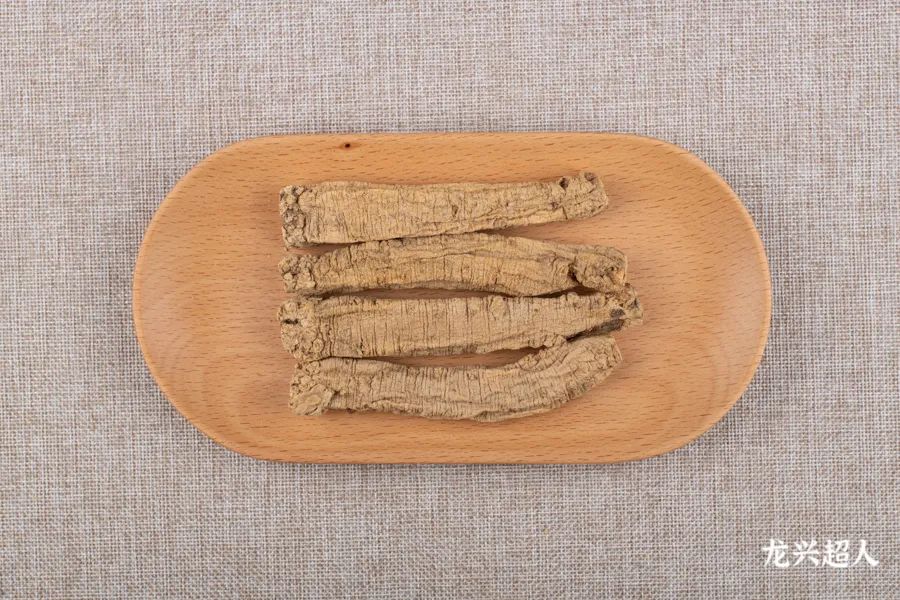
Special Grade: Length 6-11cm, circumference 4.8-5.4cm
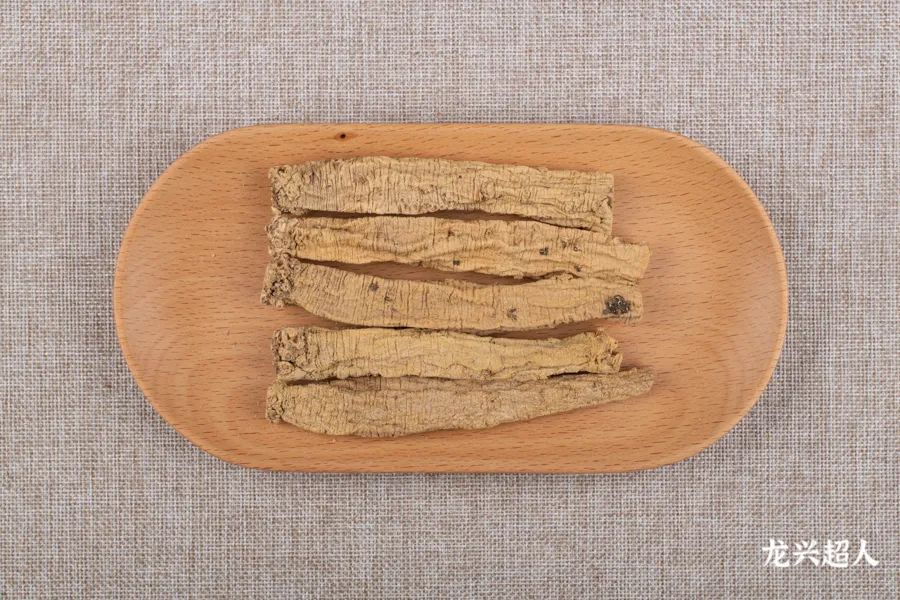
First Grade: Length 6-11cm, circumference 4.1-4.7cm
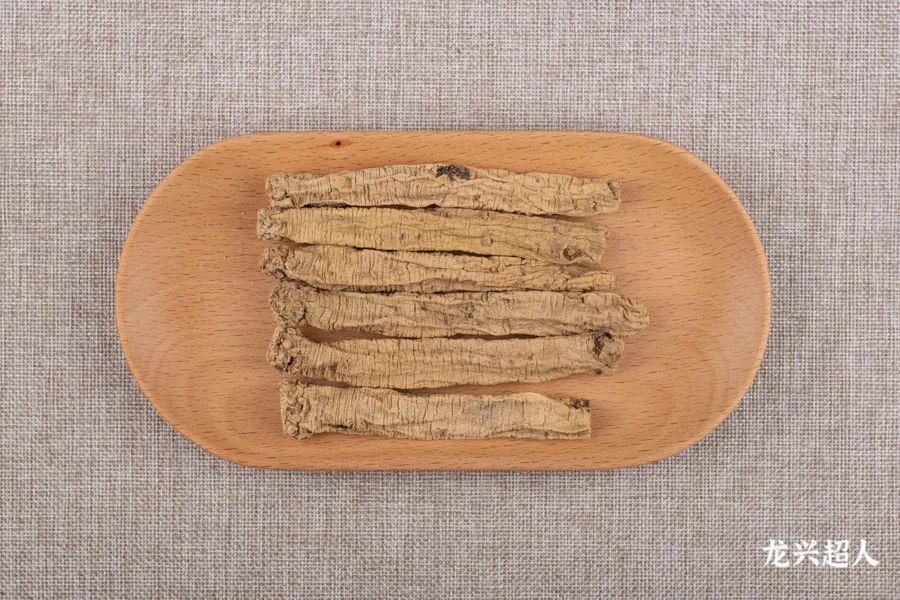
Second Grade: Length 6-11cm, circumference 3.6-4.0cm
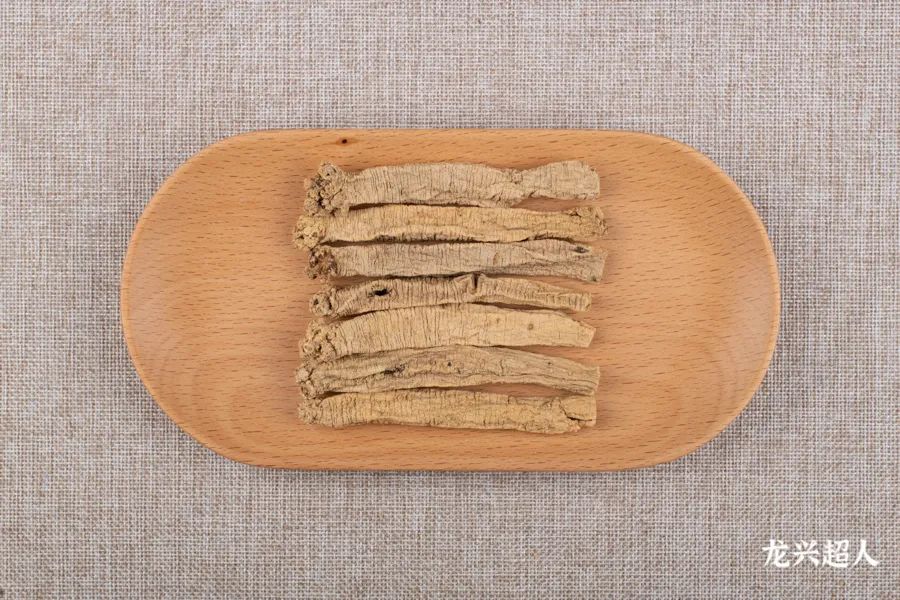 Third Grade: Length 6-11cm, circumference 3.0-3.5cm
Third Grade: Length 6-11cm, circumference 3.0-3.5cm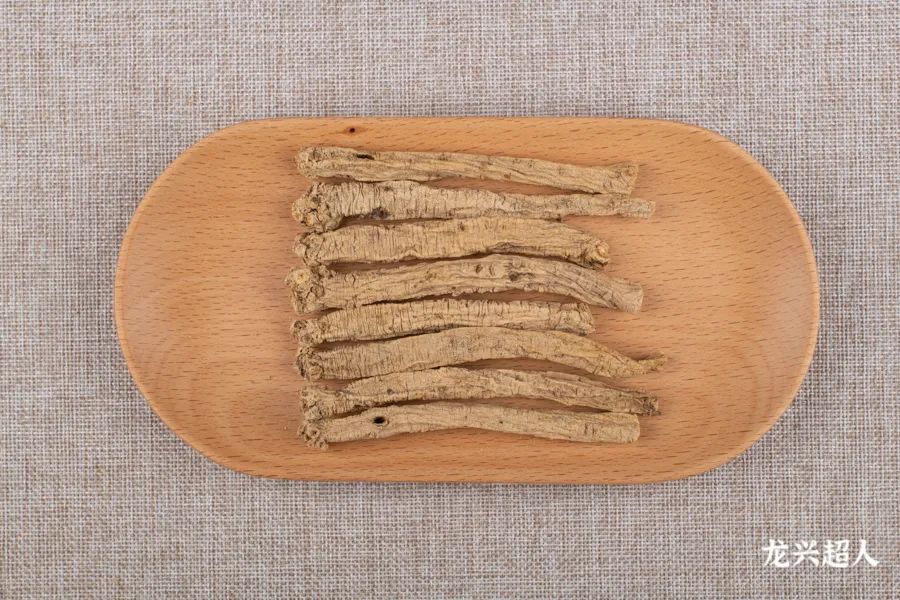 Fourth Grade: Length 6-11cm, circumference 2.5-2.0cm
Fourth Grade: Length 6-11cm, circumference 2.5-2.0cm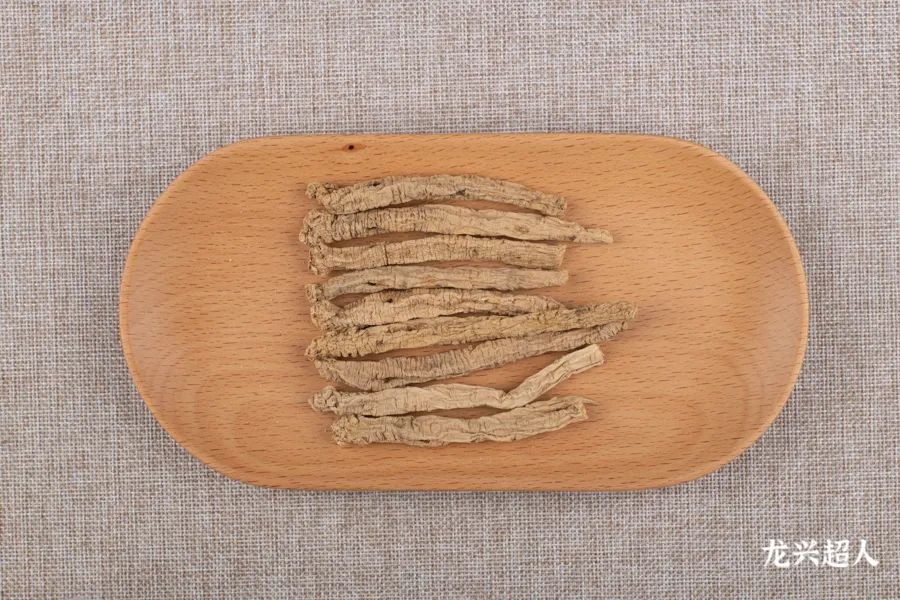
Fifth Grade: Length 3-5cm, circumference 2.0-2.4cm
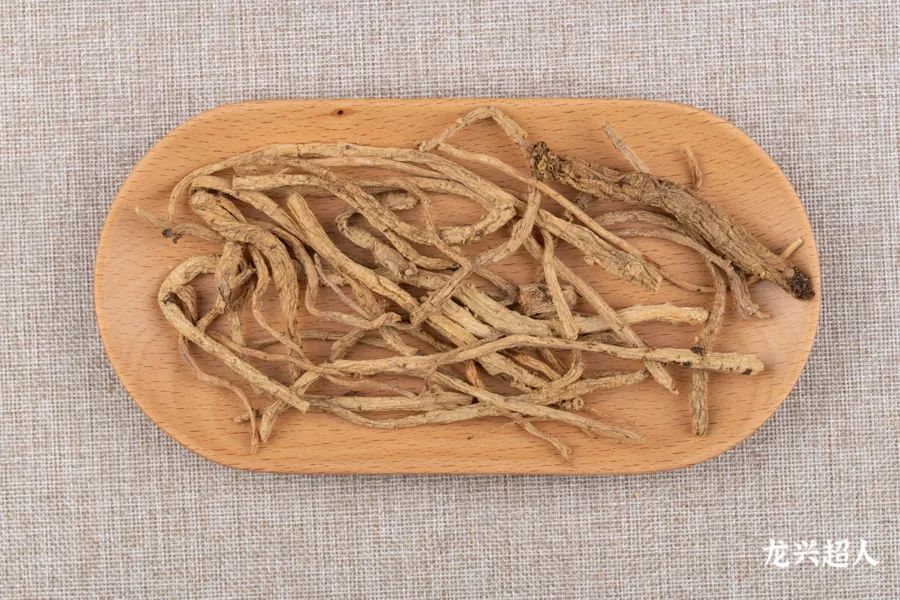
Material Input
(4) Patterned Codonopsis slices and meat nodes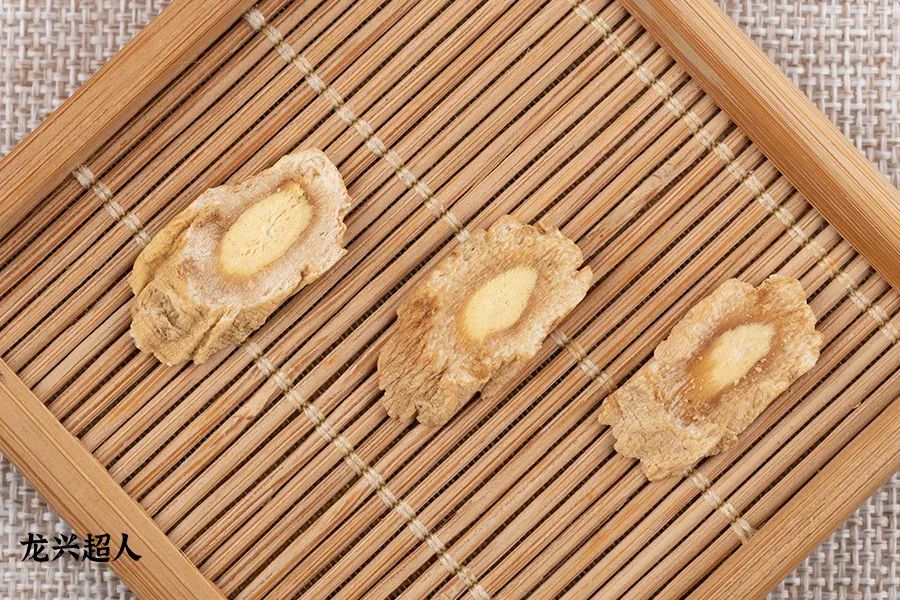 Patterned Codonopsis slices
Patterned Codonopsis slices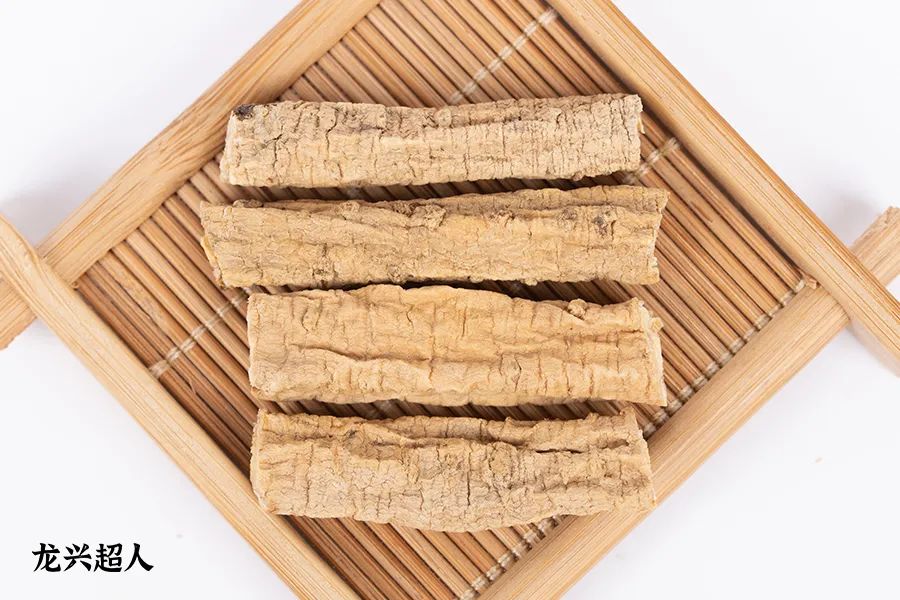 Patterned Codonopsis meat nodes3 National Production Areas, Yields, and Conditions of Codonopsis Codonopsis is a commonly used tonic herb. Depending on the origin, products include white strip Codonopsis, patterned Codonopsis, Lu Codonopsis, and board Codonopsis, with specific production statistics as follows:
Patterned Codonopsis meat nodes3 National Production Areas, Yields, and Conditions of Codonopsis Codonopsis is a commonly used tonic herb. Depending on the origin, products include white strip Codonopsis, patterned Codonopsis, Lu Codonopsis, and board Codonopsis, with specific production statistics as follows: Shanxi is a traditional production area for Codonopsis, with a long history of production, mainly in the Changzhi area of the Taihang Mountains (formerly known as Luzhou, Shangdang). This is the original production area for Codonopsis, where wild varieties were harvested in ancient times. With the depletion of wild resources, artificial cultivation began, concentrated in areas like Pingshun and Lingchuan, and the product is known as “Lu Codonopsis”.
Shanxi is a traditional production area for Codonopsis, with a long history of production, mainly in the Changzhi area of the Taihang Mountains (formerly known as Luzhou, Shangdang). This is the original production area for Codonopsis, where wild varieties were harvested in ancient times. With the depletion of wild resources, artificial cultivation began, concentrated in areas like Pingshun and Lingchuan, and the product is known as “Lu Codonopsis”.
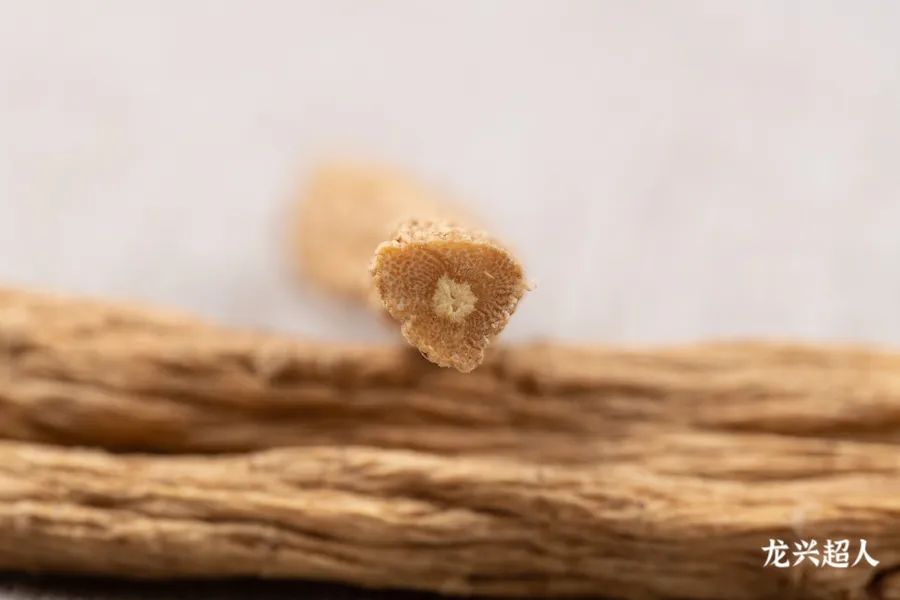 Wenxian in Gansu is also a traditional production area for Codonopsis, where artificial cultivation began during the Qing Dynasty. The cultivation areas are concentrated in Wenxian, Zhouqu, Wudu, and Dangchang in southern Gansu, and the Codonopsis produced here is named “Patterned Codonopsis” due to the dense ring patterns on the upper part of the main root.
Wenxian in Gansu is also a traditional production area for Codonopsis, where artificial cultivation began during the Qing Dynasty. The cultivation areas are concentrated in Wenxian, Zhouqu, Wudu, and Dangchang in southern Gansu, and the Codonopsis produced here is named “Patterned Codonopsis” due to the dense ring patterns on the upper part of the main root. 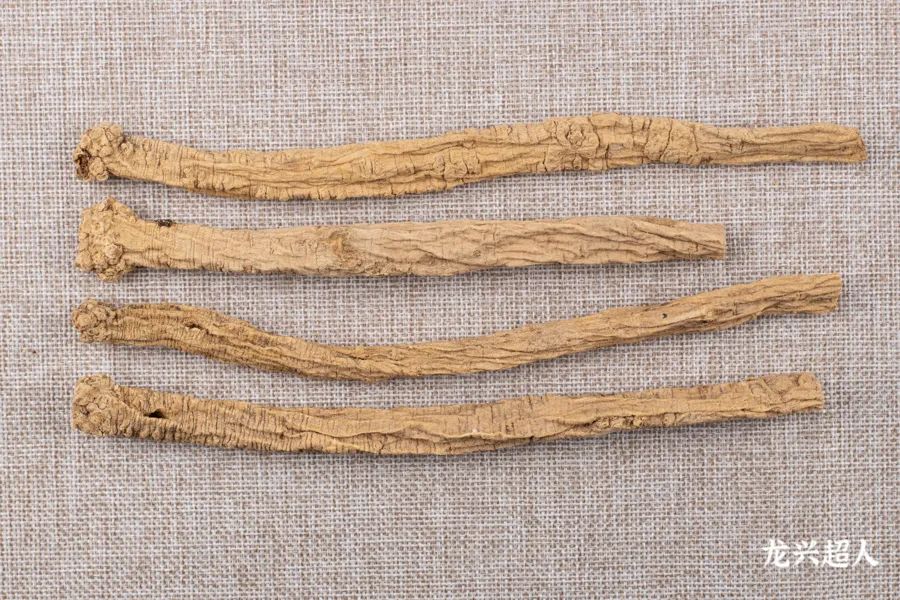
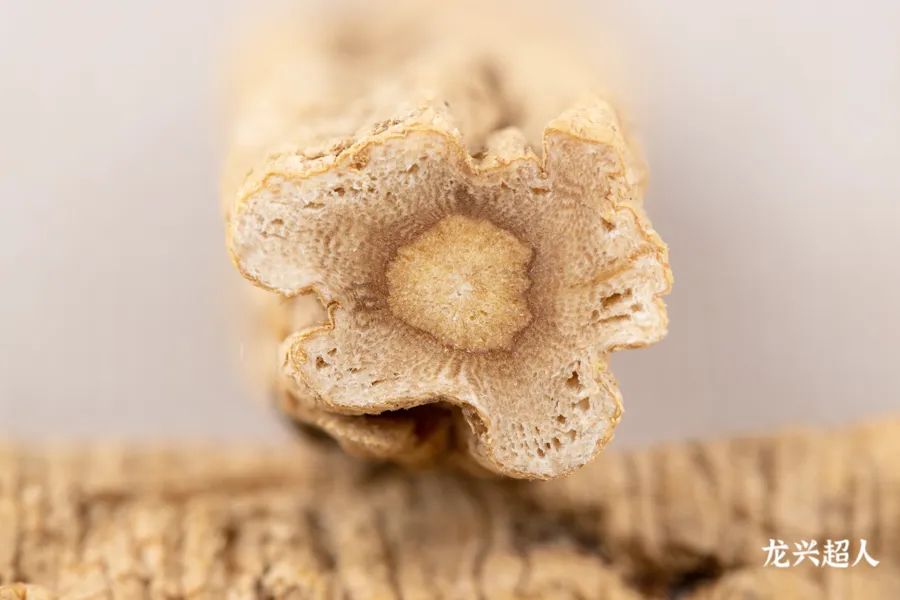 Enshi in Hubei, specifically Banjiao Town, is a traditional production area for Codonopsis, where artificial cultivation began as early as the Qing Dynasty. The product is known as “Banjiao Codonopsis” or “Ban Codonopsis,” which is of excellent quality. In the 1980s, it was a major production area for exported Codonopsis products. However, in recent years, the production area has shrunk, and the yield has decreased, significantly weakening its market influence.
Enshi in Hubei, specifically Banjiao Town, is a traditional production area for Codonopsis, where artificial cultivation began as early as the Qing Dynasty. The product is known as “Banjiao Codonopsis” or “Ban Codonopsis,” which is of excellent quality. In the 1980s, it was a major production area for exported Codonopsis products. However, in recent years, the production area has shrunk, and the yield has decreased, significantly weakening its market influence.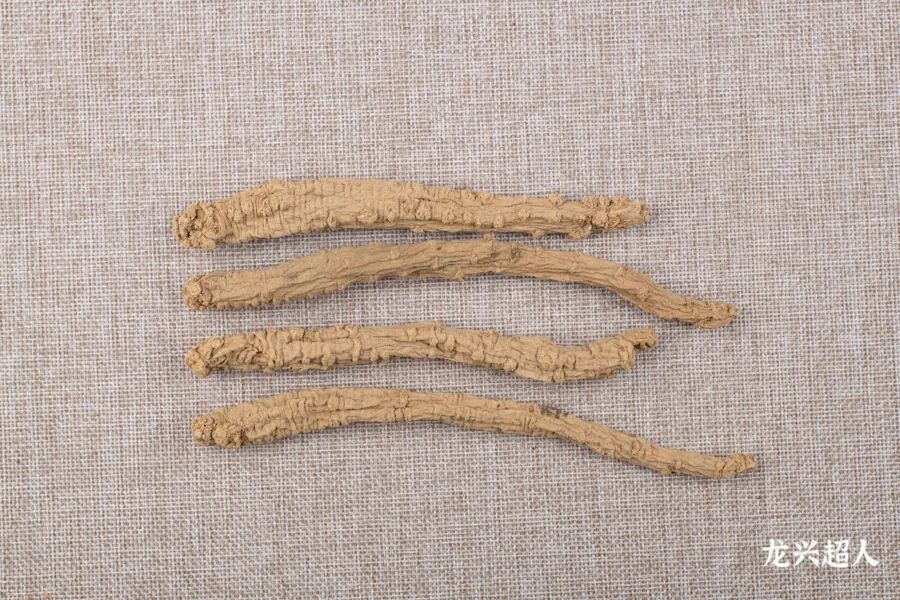
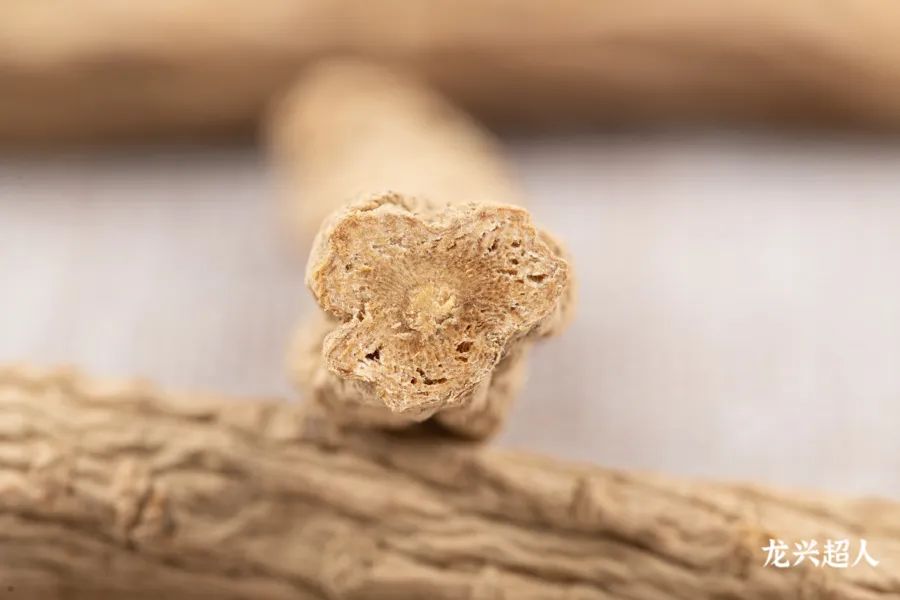 Gansu introduced Codonopsis from Shanxi in 1964, and since then, cultivation has rapidly developed, now becoming the main production area, accounting for over 90% of the national yield, with the product known as white strip Codonopsis.The cultivation areas in Gansu are widespread, with concentrations in the northern part of Gansu, including Longxi, Weiyuan, and Lintao, and in the southern part, including Zhangxian, Minxian, and Dangchang.
Gansu introduced Codonopsis from Shanxi in 1964, and since then, cultivation has rapidly developed, now becoming the main production area, accounting for over 90% of the national yield, with the product known as white strip Codonopsis.The cultivation areas in Gansu are widespread, with concentrations in the northern part of Gansu, including Longxi, Weiyuan, and Lintao, and in the southern part, including Zhangxian, Minxian, and Dangchang. 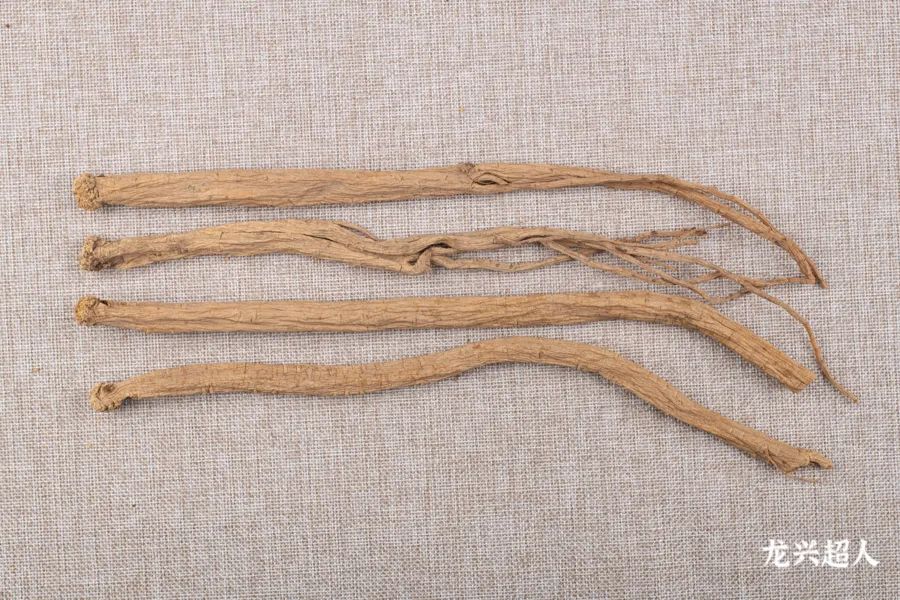
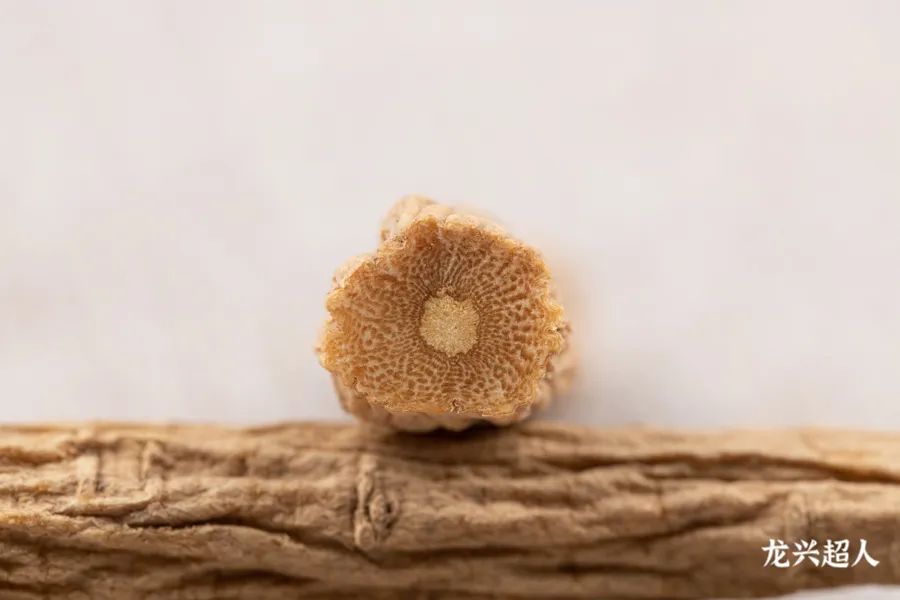 Weining in Guizhou introduced Codonopsis from Gansu in the 1960s, and after years of development, it has reached a certain scale, with the product known as “Weining Codonopsis”.
Weining in Guizhou introduced Codonopsis from Gansu in the 1960s, and after years of development, it has reached a certain scale, with the product known as “Weining Codonopsis”.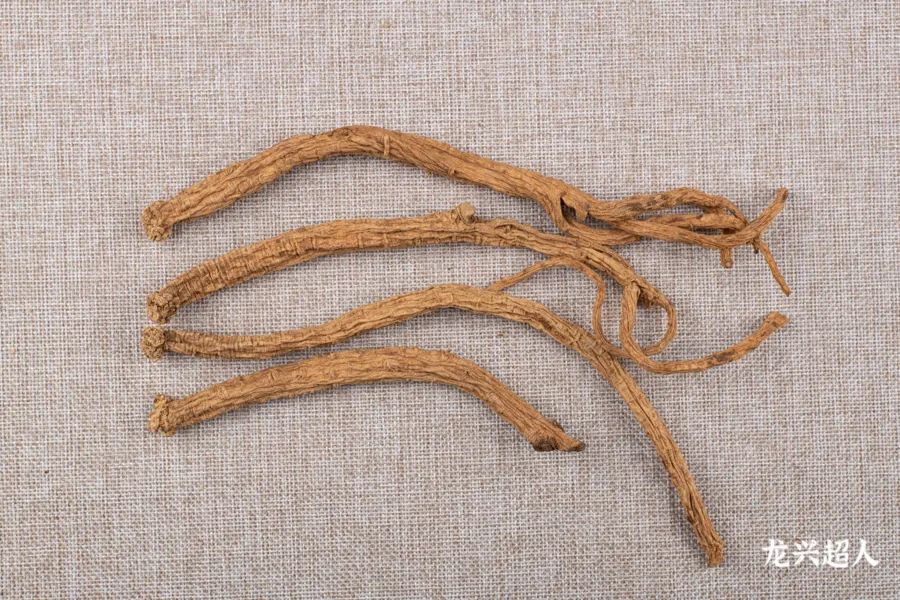
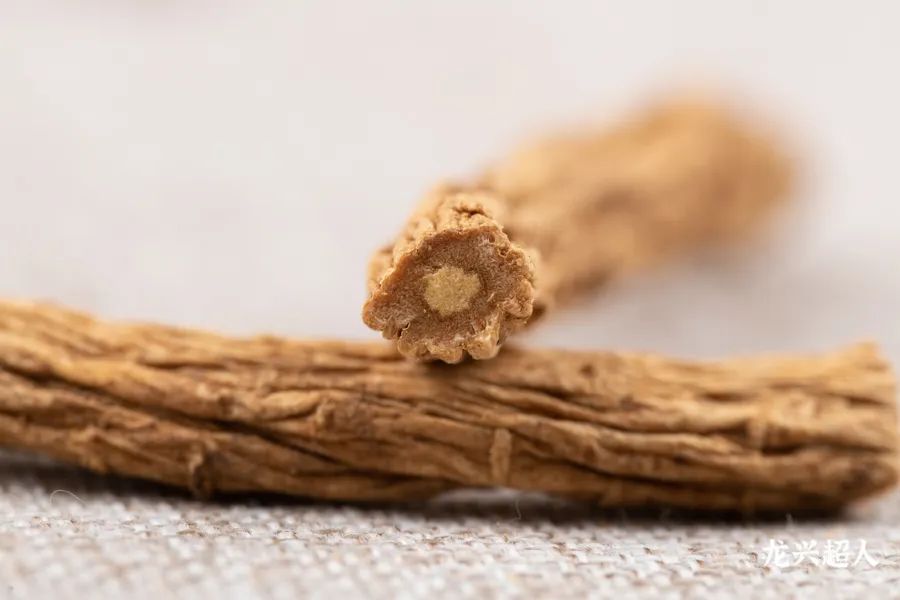 In addition, there are also Codonopsis cultivations in Sichuan, Yunnan, and other regions, but the yields are not significant. Source: Longxing Chao Ren
In addition, there are also Codonopsis cultivations in Sichuan, Yunnan, and other regions, but the yields are not significant. Source: Longxing Chao Ren

